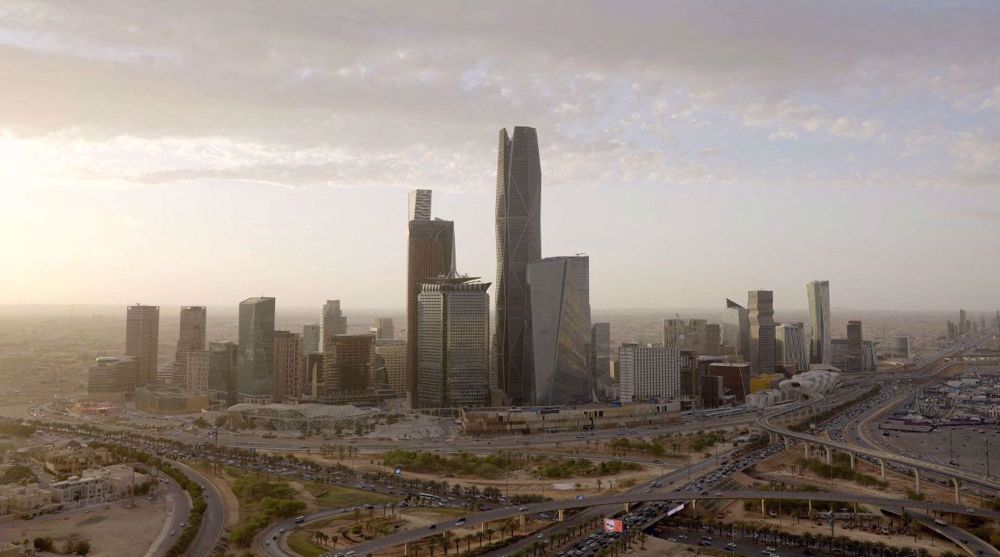
Saudi Arabia is expecting to post a budget deficit up to 2026 despite earlier predictions of a surplus as the world’s biggest crude exporter is undergoing reforms to diversify its economy beyond oil revenues.
In a preliminary budget statement released on Saturday, the Saudi Finance Ministry projected budget deficits of 1.9, 1.6, and 2.3 percent of gross domestic product (GDP) in the coming three years.
It said the “limited budget deficits” would continue in the medium term because of expansionary spending policies and conservative revenue estimates.
The ministry also said total revenues this fiscal year, which runs from January to December, were expected to be 1.18 trillion riyals ($314 billion), with expenditure estimated at 1.26 trillion riyals. This is while an earlier projection had put the numbers at 1.130 and 1.114 trillion riyals, respectively.
It further pared its growth forecast for this year from 3.1 to 0.03 percent.
Inflation and supply chain problems have hampered growth, but “the government is working to expand government spending that has a transformative effect, while maintaining fiscal sustainability in the medium and long term,” the statement read.
Last December, Saudi Arabia announced it had recorded its first annual budget surplus in nearly a decade on the back of oil price hikes.
This year, however, the country’s oil revenue has fallen by 17 percent as prices have dipped and Riyadh has cut production “to stabilize the oil market.”
Meanwhile, the kingdom is pursuing its ambitious and very expensive Vision 2030 project meant to shift the economy away from fossil fuels.
In an assessment report last month, the International Monetary Fund (IMF) projected Saudi Arabia to swing to a fiscal deficit of 1.2 percent of GDP in 2023, from a surplus of 2.5 percent in the previous year.





Leave a Reply